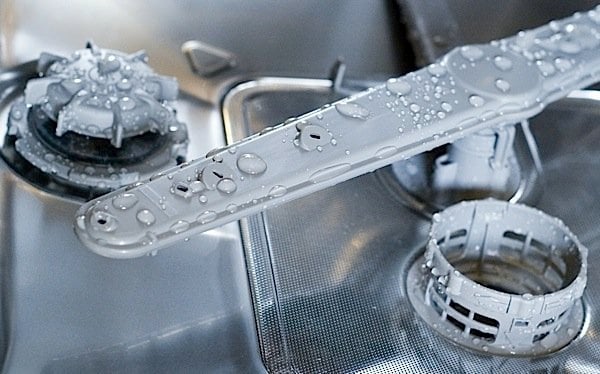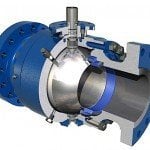New laws went into effect in the United States last January, making it illegal to sell or install pipes, fittings, valves and fixtures in applications intended to provide “potable services,” including drinking water for humans. All such pipes, valves and fittings must be “lead free,” defined by the Safe Drinking Water Act (SDWA) as having no more than a weighted average of 0.25 per cent lead on wetted surfaces. This replaces the earlier legislation that permitted up to 8 per cent lead. The law retains an earlier requirement that lead in solder and flux used in plumbing may not exceed 0.20 per cent.
The law does not apply to pipes and fittings that are used exclusively for nonpotable services, including manufacturing, irrigation and industrial processing. It does not apply to toilets, bidets, urinals, and various other applications that are not designed to provide drinking water.

Because the designation “lead free” is based on a weighted average, it does not mean that every part of a system—every valve, for example—must meet the 0.25 per cent lead content requirement. Rather, the requirement would be deemed to have been met if the cumulative lead content in the system came to 0.25 per cent or less.
The interpretation of “potable services” for the purposes of the law includes any application that provides water “suitable for human ingestion,” including, in addition to drinking, teeth brushing, food preparation, and dishwashing. So a manufacturer of dishwashers would need to calculate the total lead weight of all components used in making the appliance. This is done by first calculating the lead content of each individual component—a washer, for example, with a lead content of 0.50 per cent—then multiplying that by the ratio of the component’s surface area to the surface area of the entire appliance, say 1:1000. This would give 0.50% x 1/1000 = 0.0005 weighted lead percentage for that washer. The weighted lead percentage of each component would then be added together to arrive at the total lead content.
The law will affect manufacturers’ ability to choose brass valves and other fittings, as brass typically has lead content of 2.5 per cent. Lead-free brass valves are in development, according to Valve Magazine, and a wider range of choices will be available in coming months. Meanwhile, stainless steel and plastic valves provide a safe lead-free option.
As for harmonizing Canadian standards with the new US standard, the Canadian Institute of Plumbing and Heating (CIPH) said (in February, 2013) that Canada was moving forward toward that end, but that there were no regulations yet in place relating to lead content in plumbing products in Canada. However, a new version of the ASME/CSA standard for plumbing was published in December 2012, indicating how plumbing fittings would have to change to comply with the new American standard. All manufacturers of “applicable product” would have to have complied by December 31, 2013.
The plumbers’ group said that Health Canada planned to approach the issue through national and provincial plumbing codes. CIPH also said that all accredited Canadian certification bodies had indicated that they intended to follow the Americans in implementing the new standard as of December 31, 2013.
































